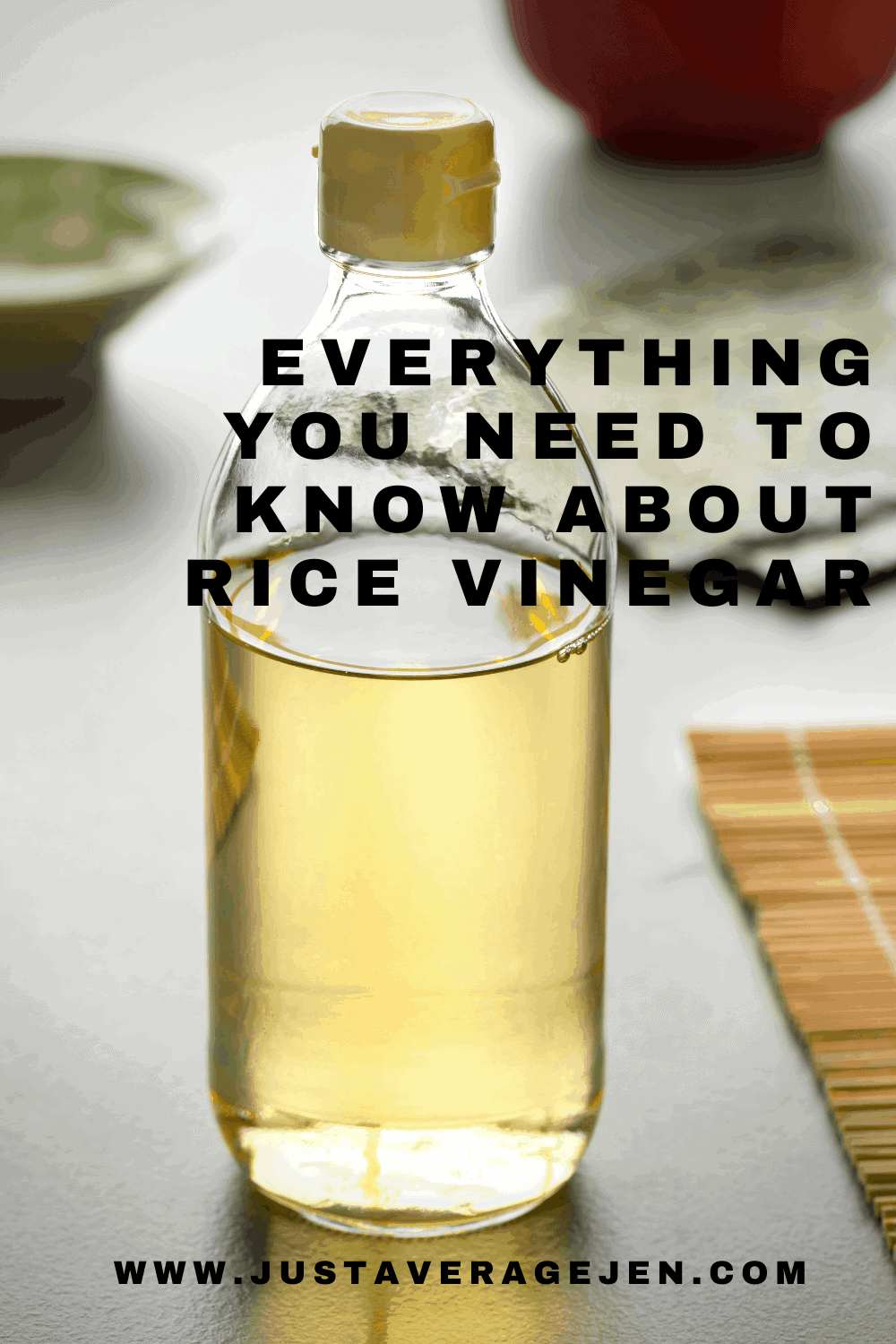Everything you need to know about rice vinegar
Rice vinegar is an incredibly popular vinegar from East and Southeast Asia. Chances are that you bought a bottle a while ago, and it’s sat on your shelf, half-empty, ever since.
Well, in this article, we’re going to give you the low down on that mysterious little bottle, as well as let you know what you can use it in.

What is rice vinegar?
It is remarkably similar to other vinegar in that it’s a derivative of wine. In Asian cuisine, there has been a long history of rice wine, and so it’s only natural that the wine in those cultures should become rice vinegar with time.
In order to make rice wine, the natural sugars from the rice in question are fermented with water in order to make ethanol. This wine is then aerated, and ethanol in it becomes acetic acid.
Depending on the region in which the rice vinegar is produced, the acid is then diluted in different amounts. For example, Chinese rice vinegar is typically stronger than the Japanese. This means that more water has been used in the dilution process of Japanese bottles of vinegar than Chinese, so it’s much less acidic.
There are many different types of it depending on the country of origin. Generally speaking, each country’s will have a different rice wine base than the others. For example, the Chinese type typically has a base of huangjiu rice wine, while the Japanese version is made from sake and mirin.
How to use it in your kitchen
Rice vinegar’s a really versatile ingredient thanks to its rounded and sweet flavour. It can be used in a huge number of different things in the kitchen, but there are some places where it works a little better than others. I use it when I make fakeaway chow mein.
It’s famously superb as the base vinegar in a batch of pickles. It has a really fruity undertone, which means that it goes well with more fruity things – for example, ginger or plums.
While this may sound a little odd, the final flavor is divine and will be sure to add some more depth of flavour to your next Asian-inspired meal.
Rice vinegar can also, like all kinds of vinegar, be made into a vinaigrette. This is a really good choice for rice vinegar as it can allow fruity notes to interact with other light flavours.
For example, it may work really well with spicy chillies or fruity goji berries in a salad. To make a basic vinaigrette, simply combine a tablespoon of rice vinegar with two tablespoons of olive oil, and then season to taste with salt and pepper. For a spicier hit, maybe add a little dijon mustard!
Rice vinegar is a pantry staple once you’ve tasted it, so be sure to get a bottle soon. Next time you’re making some fried rice or a stir-fry, it’s a great, well-rounded ingredient to throw in, as it will give the dish a lot more depth of flavour. Whatever you decide to throw some rice vinegar in, it’s sure to be delicious!
Other vinegar articles you may find helpful
Everything you need to know about white wine vinegar
What is malt vinegar and how can I use it?
How to use apple cider vinegar in a cranberry juice drink
